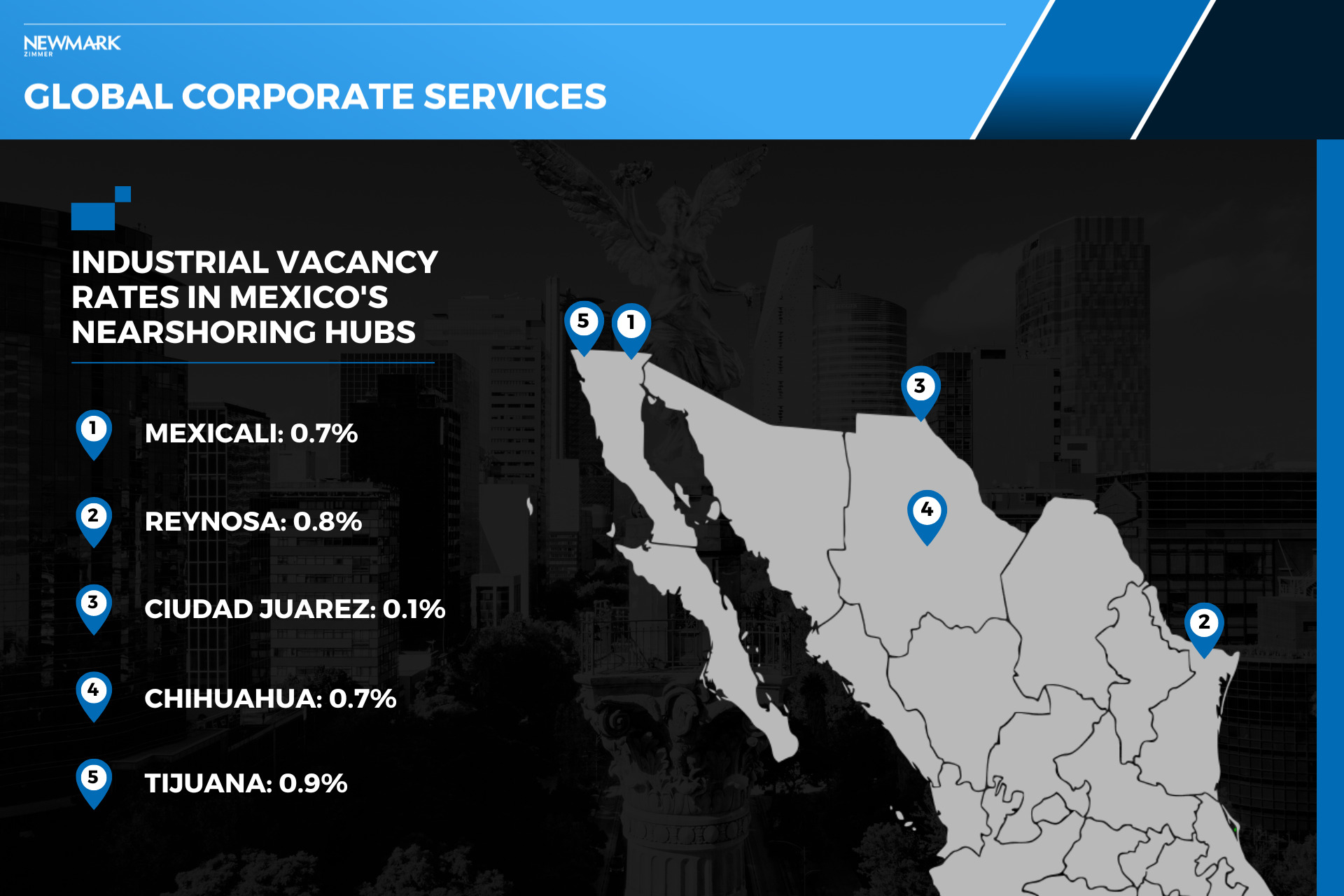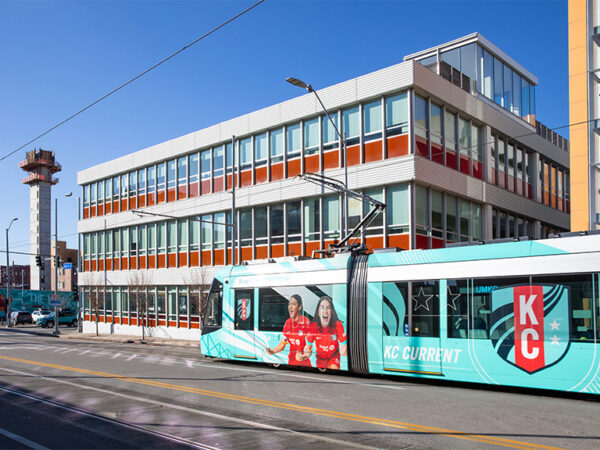The global supply chain has been in a state of flux since the start of the Covid-19 pandemic in late 2019. While Covid concerns have mostly stabilized, significant other factors have since contributed to the current fluidity in the supply chain. Rising inflation, labor shortages, and the ongoing conflict between Russia and Ukraine have all contributed to seemingly constant uncertainty in an already complex global network. Domestically, escalating geopolitical tensions with China and Russia have only added to this uncertainty, especially in the manufacturing space. To address and mitigate this supply chain risk, many North American businesses have begun the process of nearshoring manufacturing operations that had previously been established in Asia.
Nearshoring production closer to end-markets seems easy enough to implement, but in practice it can take many years for companies to execute. Cost of labor, available labor pool, proximity to end markets, energy infrastructure, and access to transportation are just a few of the many factors that businesses assess when contemplating nearshoring of operations.
In North America, the biggest influx of recent nearshoring activity has taken place in Mexico. Aside from having an advantageous manufacturing base due to low cost and availability of labor, Mexico also benefits from the North American Free Trade Agreement (NAFTA) whereby export tariffs remain low for their North American trade partners. These manufacturing advantages are further enhanced by a logistics network that just last month saw conditional approval of the merger between the Canadian Pacific and Kansas City Southern Class I rail lines, creating the first single-line rail service across Mexico, The United States, and Canada.
As a testament to this activity, in late 2022 Mexico’s Economy Minister Raquel Buenrostro noted “More than 400 North American companies have the intention to carry out a relocation process from Asia to Mexico.” It’s estimated that if just 1% of manufacturing shifted from China to Mexico in the next five years, that it would increase the country’s average annual GDP growth 2.6%. These statistics are incredibly encouraging for the Mexican economy, but perhaps the biggest hurdle to achieve long-term nearshoring success is hiding in plain sight: the vacancy rate for industrial space in Mexico currently hovers around just 1.6%. Industrial vacancy in Mexicali and Reynosa, two cities that have been at the core of initial nearshoring efforts, is essentially at zero percent. Additional nearshoring hubs Ciudad Juarez, Chihuahua, and Tijuana all have industrial vacancy rates less than 1%.
Foreign direct investment most often helps spur the creation of new large-scale manufacturing facilities, but oftentimes third-party vendors and suppliers to these manufacturers are left without available industrial space in close proximity to house their own operations. This lack of available product is at least partially being addressed, as Q4 2022 saw a record 60 million square feet of industrial space under construction across Mexico. However, for Mexico to continue to capitalize on the tailwinds of attracting prospective nearshoring operations, there needs to be a more concerted effort to make additional industrial product available in the coming years.
Written by: Graham Stark, JD, MBA – Director of Global Corporate Services



